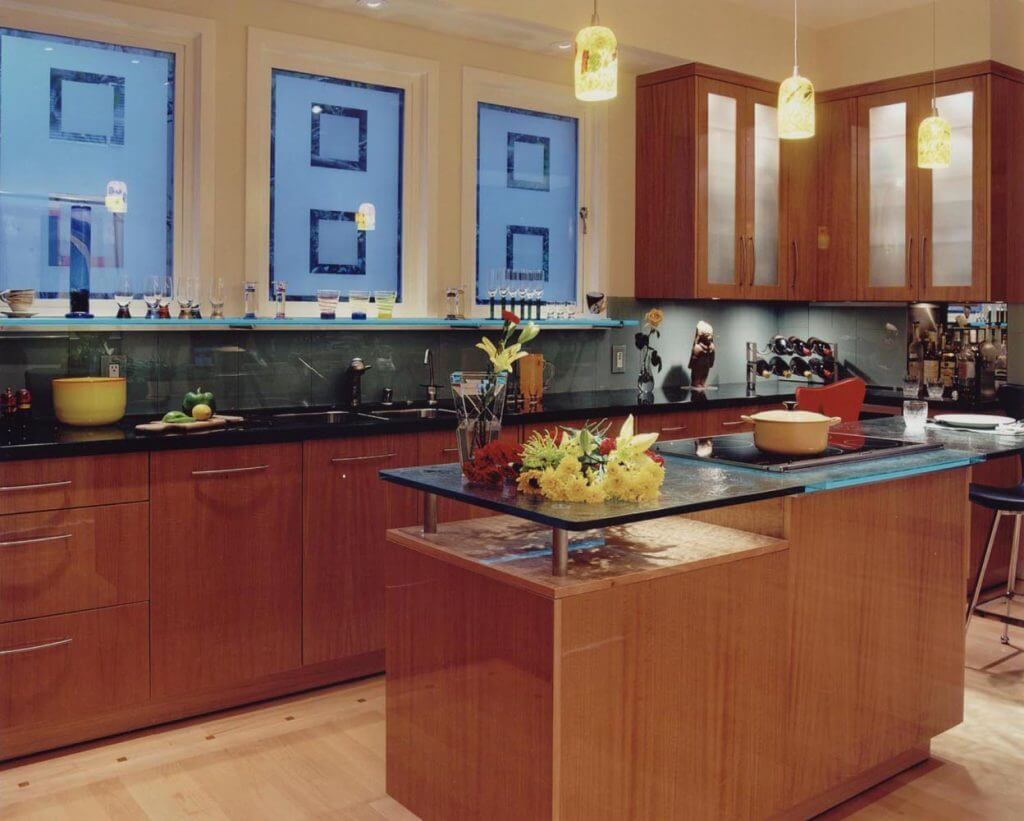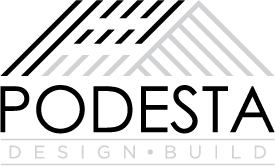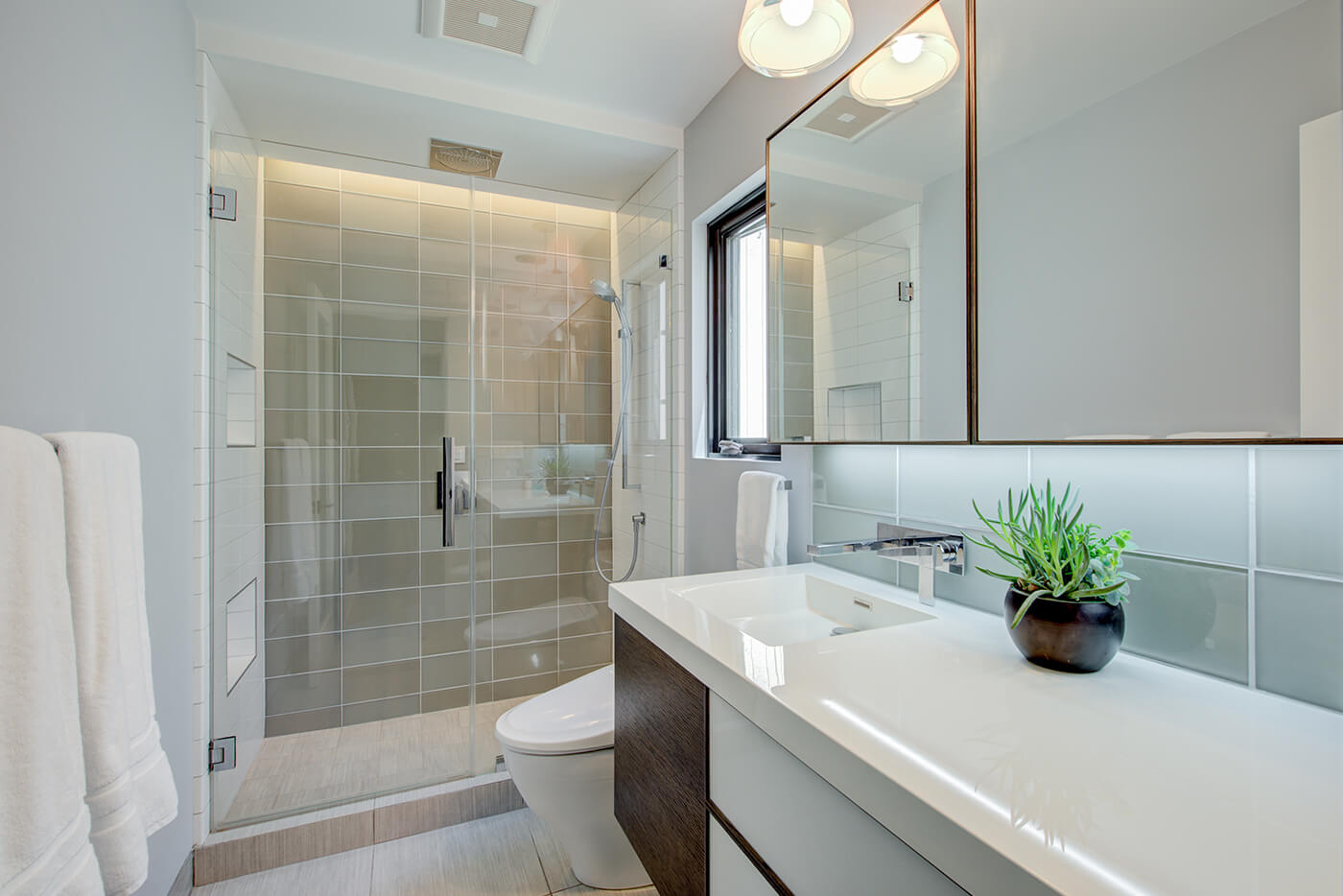The construction industry is a complex web of interconnected processes, and the method chosen for a project can significantly impact its outcome. Two prevalent approaches are the Design-Build method and Traditional Construction methods. In this blog post, we’ll delve into the key differences between these approaches, exploring the benefits and drawbacks of each. By the end, you’ll have a clearer understanding of which method might be the best fit for your construction project.

Design-Build Method:
Design-Build is a holistic and collaborative approach that integrates the design and construction phases into a single, seamless process. In this method, a single entity, often a design-build firm or contractor, is responsible for both the design and construction aspects of the project. This “one-stop shop” model offers several advantages:
Streamlined Communication:
- Design-Build fosters open communication channels between designers and builders. This close collaboration helps prevent misunderstandings and ensures that the project stays on track from inception to completion.
Time and Cost Savings:
- The unified approach of Design-Build often results in faster project delivery. With the design and construction teams working together, issues can be addressed promptly, minimizing delays and potential cost overruns.
Accountability:
- As a single entity oversees both design and construction, accountability is clear. This reduces the risk of finger-pointing and allows for a more efficient problem-solving process.
Traditional Construction Methods:
Traditional Construction involves a sequential process where the project owner hires separate entities for the design and construction phases. This method has been the industry standard for centuries, but it does come with its own set of advantages and challenges:
Design Flexibility:
- Traditional Construction allows for a more extensive selection of designers, architects, and contractors, potentially providing more design options and a tailored team to suit the project’s specific needs.
Bid Competitiveness:
- With a competitive bidding process for each phase, traditional methods may result in cost savings as various contractors bid for the construction contract. However, this can also lead to fragmented communication and coordination challenges.
Specialized Expertise:
- Traditional methods allow for the engagement of highly specialized professionals for each phase. While this can enhance the project’s quality, it may also lead to coordination difficulties and potential conflicts.
Choosing between Design-Build and traditional methods ultimately depends on the project’s specific requirements, budget constraints, and timeline considerations. The one-stop-shop efficiency of Design-Build may appeal to those seeking a streamlined and collaborative process, while the flexibility and specialized expertise of Traditional Construction may suit projects with unique design demands.
In the dynamic field of construction, understanding these methods empowers project owners to make informed decisions, ensuring that their vision transforms into a successful and efficient reality. Whether you opt for the integrated Design-Build approach or the traditional sequential method, a clear understanding of the advantages and challenges associated with each will pave the way for a smoother construction journey.



